How to Migrate Traditional App to SaaS
SaaS migration is always drastic changes that the product often needs dramatically. These changes occur not only with the software but also with the company's business strategy, its owners' vision, and evolving approach in general.
Before you put yourself through these changes, think about this: Will your product benefit from migration? Are you ready for a rapid change? And do you have the opportunity to be part of a process that requires a clear plan?
If your answer is “yes”, welcome to the cloud ship! This article will help you get on board and be prepared for all the challenges of SaaS migration.
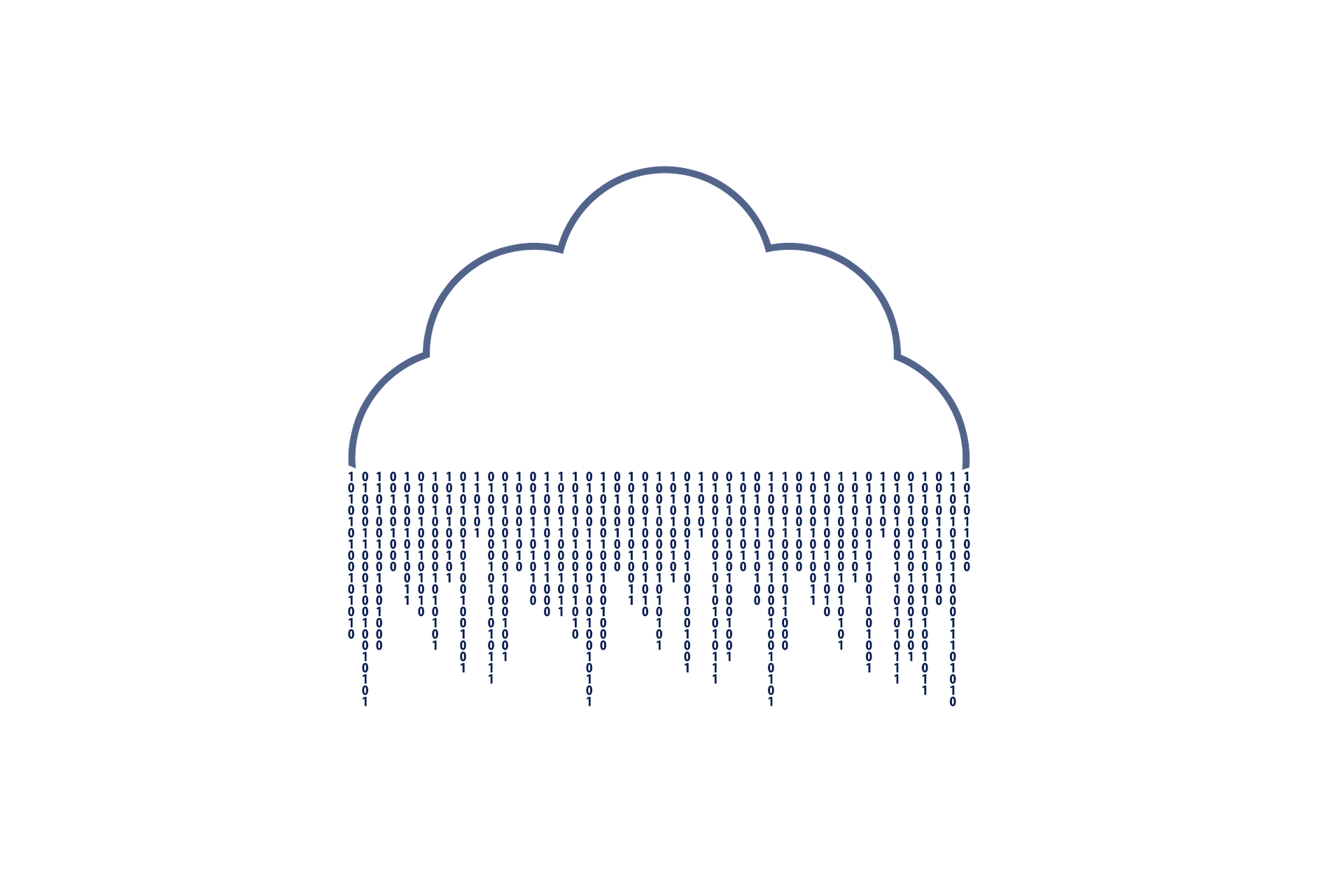
Benefits of App Migration to SaaS
Cloud migration is becoming increasingly popular among entrepreneurs and large corporations. This approach reduces the time to create business units, makes local data available and provides a real-time experience. According to the Mordor Intelligence report, the cloud migration services market was valued at $119.13 billion in 2020 and will reach $448.34 billion by 2026.
SaaS application migration has many benefits, including fast implementation, scalability and mobility, efficient disaster recovery, etc. You can read about it on our cloud migration page. Now, let’s talk about the main advantages that could persuade you to choose this approach.
Resources and Money Savings
In the case of migrating from traditional applications to SaaS solutions, you’re provided with the computer power, which operation and maintenance are the vendor's responsibility. You have no need to spend your own money on this, so you can invest in your own resources and allocate the budget to other needs.
Thanks to the scalability of cloud capacity, you can anticipate costs and benefits as your business expands. This allows you to plan the next steps in the long run and save significant funds.
High Security and Compliance Support
CSPs offer their customers not only standard but also unique security solutions that are only available in a cloud environment. Giants like Azure, IBM, Google Cloud and AWS have enough resources to invest in technologies not available to smaller companies.
Thanks to this, you get protection from cyberattacks at the level of the world's best corporations. In addition, you can easily meet compliance requirements for data workloads.
Full Accessibility
Using cloud resources allows you to forget about such issues as different locations of employees and users. Staff work is no longer dependent on local equipment, on-site hardware or data storage. Everyone can access the data and app from any location and at any time.
Easy Scalability and Rapid Growth
Provided that the SaaS product receives sufficient investment and has the right architecture, it’s elementary to scale. This format allows you to attract a professional team with remote access, developing it much faster.
It should also be noted that cloud scalability is your key to rapid growth. This feature allows you to expand and reduce computing capabilities dynamically, as well as add and remove resources depending on your needs. All this happened at a swift pace.
Easy Deployment
Cloud solutions reduce the deployment time by several times. It will take a few days to plan and implement the new infrastructure. You also require no additional tools or solutions. For comparison, in the case of local deployment, this process takes months.
I’d also like to point out that migration to a SaaS business model gives you more space for other tasks. You don’t have to worry about the timely updates, server space, etc. So you can focus on different business needs.
Challenges of Software Migration to SaaS
Software migration to SaaS can be challenging in many ways. The team should think about integration, updating, and other essential points of the migration map. If we’ve decided to discuss all the challenges, there would not be enough articles because each product has its own unique issues. However, there’re some most common ones, so let’s talk about them.
Compatibility Challenge
Old systems are not always ready to migrate. Cloud compatibility is one of the most common challenges developers face. Old software can be incompatible with the cloud from the first steps, not to mention future environmental issues.
How to solve this issue? Of course, update the software and choose a suitable migration model. However, before that, you should analyze the product, perform a compatibility test and plan a step-by-step transition to the cloud. If you are dealing with a team of professionals, they will be able to tell you exactly whether your business is ready to migrate and how to make the process stable and smooth.
Security Challenge
After migrating to SaaS, the last things you need are attack and data loss. However, the issue of security is one of the most important, and in many ways, it’s still tricky. Therefore, don’t forget about cybersecurity rules and GDPR, HIPAA, PCI DSS, or other standards.
Again, only a team of experienced engineers and business analysts can help you get your ducks in the row and find a clear solution.
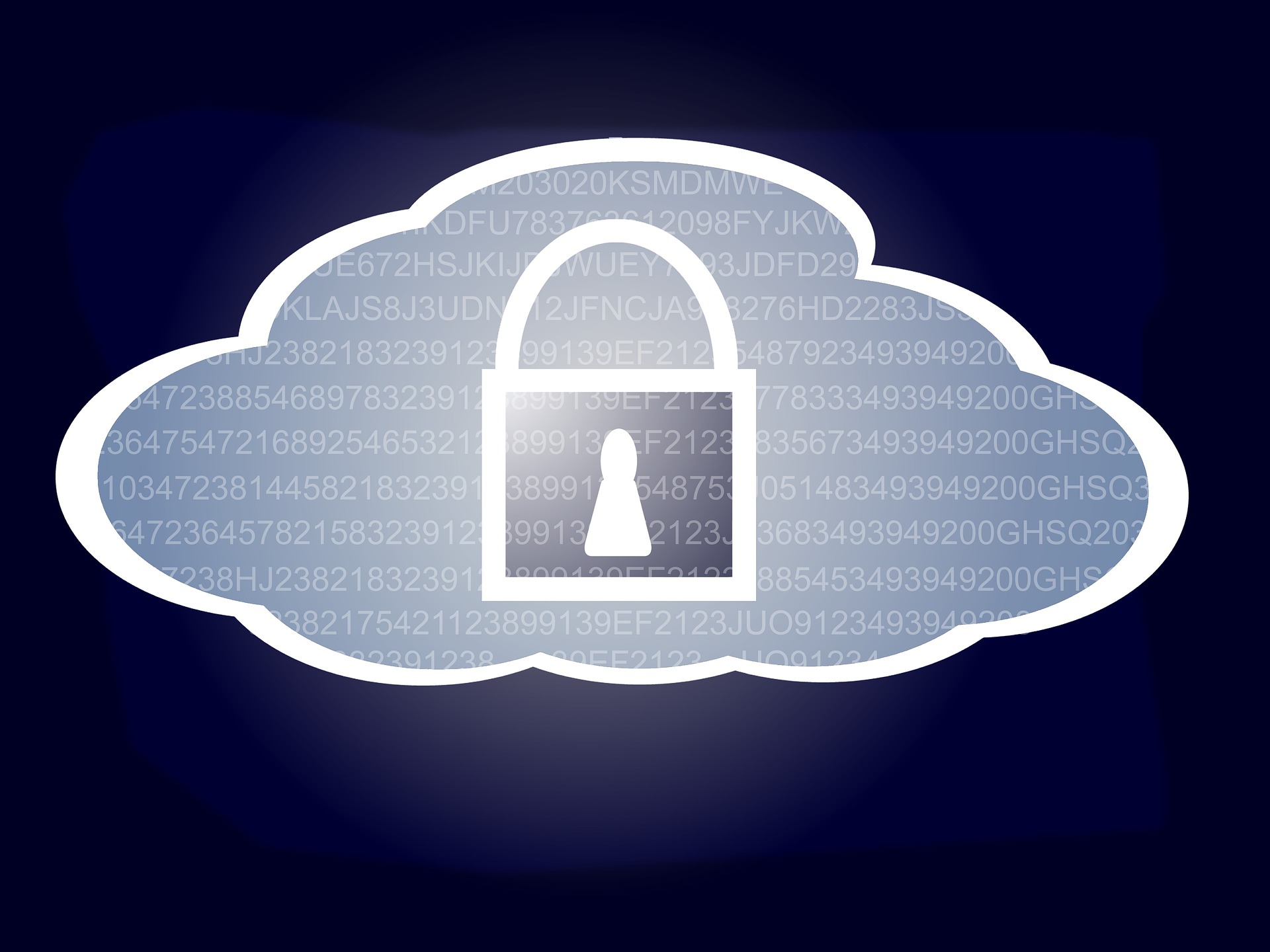
Data Exchange Challenge
Optimizing the data exchange process is another critical challenge that requires the right approach. The team must clearly understand all the nuances of your software, know the existing problems, identify data for exchange, and develop the right solution for data transformation and integration based on comprehensive analysis.
This is a pretty cumbersome and exhausting process that requires special attention to detail. You need to understand which data are suitable for migration and which are easier to get rid of. It's also crucial to find a way to protect against data loss and damage.
Of course, searching for the right solutions is always up to professionals. For your part, you can control how well the team follows the plan, reconcile the data and test it. If the results don’t match, it’s always easier to solve the problem during the process than after the migration.
Sometimes business owners face difficulties such as budget overruns and underestimation of work scope. If you’ve conducted a professional analysis and created a clear transition plan, these issues are easier to solve.
Steps to Migrate App to SaaS
The migration process may look complicated, but the gradual step-by-step movement helps to make it smooth. So, let's see what stages it includes.
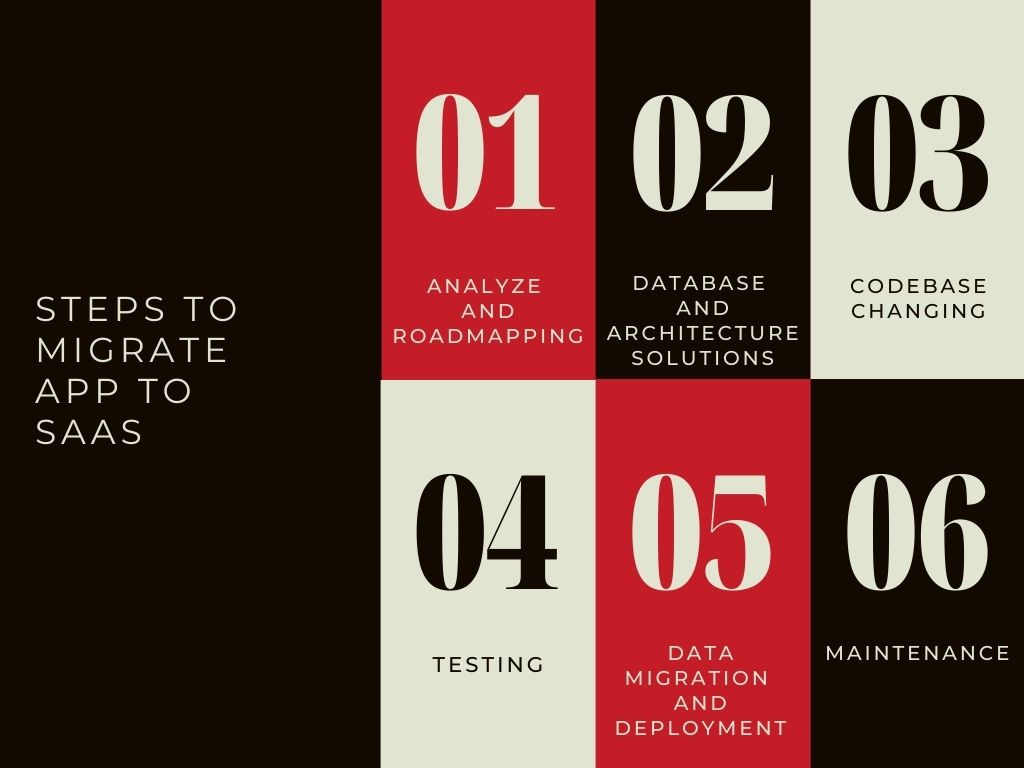
Step 1. Analyze and Roadmapping
Creating a SaaS migration roadmap is the first thing you need to do during the migration process. This step allows you to evaluate the entire scope of work, review all product aspects and identify the main touchpoints. In other words, the roadmapping enables you to see the full picture and its individual parts in a section.
This step involves developers, business analysts, managers and other professionals, depending on the type of application. Creating a roadmap consists of three main stages:
- Analytics and research.
- Prototype creation.
- Creating a strategic plan.
All these phases are fundamental because, based on the information obtained, a roadmap is created, i.e., a plan that the team throughout the process will follow.
In-depth analysis and research
Specialists conduct a detailed analysis of:
- existing application (features, business goals, existing architecture and its state, integrations, weaknesses and strengths, etc.);
- market in general and competing products (trend approaches, market requirements, legal requirements, technologies used, etc.);
- target audience (needs and desires of users, demand, trends, etc.).
Also, at this stage, the team conducts the databases design analysis. For example, are they suitable for transformation? What approach to use to work on them?
Prototyping
Designers and business analysts create a product prototype based on the obtained data. It’s necessary to see in practice how an existing product can be strengthened and improved, what to get rid of and what has to be modified.
In some cases, this phase can be skipped because the existing product can act as a prototype and require significant migration changes. However, prototyping is an important step that allows to clarify all the client requirements and wishes and move on.
Strategic plan creating
The last stage of roadmapping is the creation of a solid strategic SaaS migration plan. Here, the team evaluates the full scope of work and selects the specialists for the project. The plan includes the timing of the whole development and each step separately, the overall budget and costs for each stage, the building of the team, and the distribution of tasks among all its members.
A clear sequence of steps makes the migration process smooth and painless.
Step 2. Database and Architecture Solutions
This step determines how the application will work after moving to the cloud and its changes at the architectural level.
Architecture solutions
At this stage of architecture review and evaluation, engineers use various analysis techniques to properly transform an application for migration. They also redesign app architecture. This is needed to understand how to make changes to the code base without violating the overall logic of the solution.
Database solutions
Here, engineers choose which cloud solutions will be used to redesign the application architecture. Of course, the final decision depends on many factors: the type of data, their volume, and so on. Depending on the application's features and the client's needs, engineers pick the cloud deployment model. It may be:
- public cloud model (common infrastructure for all users);
- private cloud model (use of independent services to work with data);
- hybrid solutions (private and public cloud, or public cloud and local storage);
- multi-cloud model (using the capacity of several cloud providers).
Another critical decision is the database sharing method. Developers decide how to separate data: division into several databases or separation within one database.
Step 3. Working on Codebase
In this phase, developers work with the existing codebase. Depending on the application features, they either completely rewrite the code from scratch, or optimize it, modify and add new functionality. Thus, the codebase is updated, merged, migrated – all that is necessary for the proper app functioning in a cloud environment.
Step 4. Testing
This step is required to assess the application's functionality, stability, and security after the changes. A team of QA engineers conducts testing:
- functional (user experience, availability, work features);
- administrative;
- integration (modules compatibility, etc.);
- non-functional (scalability, flexibility, productivity);
- security;
At the end of the test, the development team corrects the shortcomings and tackles all vulnerabilities.
Step 5. Data Migration and Deployment
The data migration process happens with chosen data migration model and strategy. Developers also select migration tools on such parameters as reliability, flexibility, etc. After the migration and deployment, the app can go live.
Step 6. Settings and Maintenance
When SaaS migration is complete, the application undergoes a period of “acclimatization”. This step includes additional testing, verification and configuration settings. Now the app is ready to use, and the development team collects data on its work and provides ongoing support in updates, improvements, etc.
This final step is no less important than other ones. The world of technologies is constantly changing, so every app needs timely updates and professional support. As long as you have a team that can deal with new challenges and issues, you have a robust and competitive SaaS product.
The migration process may vary depending on the type of application, its features and client requirements. However, creating a clear roadmap and clearly following its points helps see the full picture of the process and painlessly make the necessary changes.

SaaS Data Migration Models
For many companies, SaaS data migration is a natural evolutionary step. However, the success and appropriateness of future decisions often depend on the choice of the migration model. So let’s talk about them in more detail.
Partial Data Migration
This model foresees a gradual (partial) data transfer. The process takes place without stopping the application. The team is engaged in relocation during a period of zero customer activity.
The partial data migration scheme looks like this:

- Determining the time of users’ zero activity and the time interval for data transmission.
- Database segmentation by various indicators (industry, subscription type, etc.).
- Data transfer to a new service.
- Old services deactivation.
In this case, migration engineers should choose the right time not to affect the company's performance. So the whole migration process can take some time.
Full Data Migration
Full data migration is the transferring of all data at once. Therefore, the service is paused during this process. The time required to complete the migration depends on the database size. However, this option allows you to maintain the integrity of the process and avoid many of the difficulties that arise during partial transfer due to the constant process interruption.
Microservices
The microservice migration involves the gradual data transfer to the cloud of the new software. Engineers create a microservice, deploy it and transfer it to a new environment. Along with it, data related to the functionality of such a microservice are shared too.
Thus, all the old components send data to the microservice without losing functionality and work processes interruption. Over time, the old service transfers all data to the new one.
Mirroring
Mirroring data involves creating a replica, i.e., copying databases from an old application to a new one in real-time. This way, customers can use the original application without any changes while the engineers work on the cloud version, gradually moving other users and testing its performance.
In the replication process, as with any other method of migration, data can be corrupted. There are also sometimes mistakes that are important to deal with quickly. Therefore, responsible service providers involve a DevOps team to address such issues.
The data migration to SaaS models described above are the most common, but the choice depends on many factors. In all cases, experienced developers always consider all the expectations and needs of the customer, business model, and product growth direction.
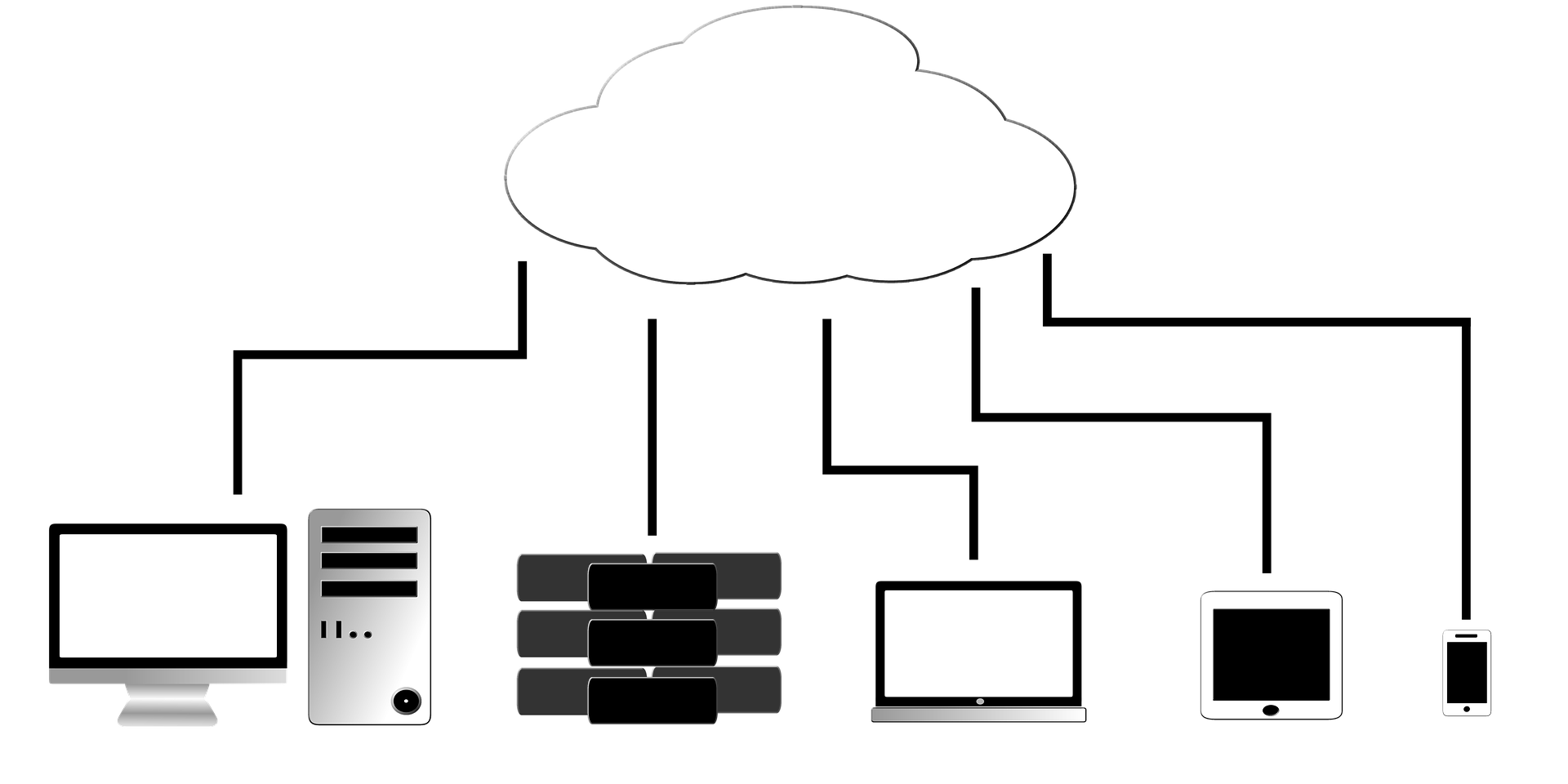
Basic Cloud Migration Strategies (Six Cloud Rs)
To successfully migrate a traditional app to SaaS, you need to choose the right strategy, i.e., the data transfer plan, according to the selected model. This approach makes optimizing the existing database format much easier, and the whole transition process becomes smoother. So let’s discuss basic strategies in more detail.
Refactoring (Re-Architecture)
Refactoring or rearchitecting is a complete rethinking of the application architecture, reengineering it in order to create a cloud-native version and use cloud-specific features. In other words, it is the process of full app migration to the cloud infrastructure with modifications that allow the software to adapt to the new environment easier and faster. Developers are modifying existing software or part of the codebase to make the end product flexible, adaptable, and take full advantage of cloud features.
This approach also requires attention to detail and robust testing to avoid regression functionality. However, it provides long-term cost savings, the ability to scale smoothly and adapt to all changing requirements. The product also has increased stability, as it inherits all the benefits of the cloud.
Refactoring solution is quite time-consuming, but it’s a must if you transfer outdated software. Also, refactoring is required to increase productivity, scale product, add new features that can’t be created in the old application environment.
This strategy allows businesses to adapt quickly to ever-changing customer requirements, to evolve with the times and market requirements. After migration, developers can easily add new features and modify existing ones.
A real-life example is our online English interactive learning portal for teenagers. We transform a popular app that stopped working in a newer version of Windows to a web app with a database in a cloud, so all the students can easily access it from everywhere.
We’ve decided to transfer all the data to the AWS cloud and the SQL server was raised on it. Engineers have modified data architecture and optimized it for the cloud environment.
In other words, in many cases, a much better solution would be to completely change the app's architecture to avoid problems with adapting and evolving its abdominal functions. You can read more about software optimizing and re-architecting here.
Replatforming
Replatforming strategy is also called “lift, tinker, and shift” because the process itself doesn’t affect the underlying architecture of the product.
In such cases, the platform is changed during the local software transferring to the cloud, or the soft that has already migrated goes through optimization. Engineers evaluate the application and only perform cloud optimization or update the required components before migration.
Often such changes are necessary for the proper app functioning in the cloud. They provide improved user experience, security and smoother scalability. Replatforming is also used to increase performance when moving web servers. Or for simplifying the process of managing databases when moving to a new platform.
This SaaS migration strategy can be a good solution when adding new features to the cloud without large investments and significant changes. Replatforming requires less time and money if you properly assess the situation and choose the right components for the upgrade.
Rehosting
The essence of rehosting is to move the application to the cloud platform without any changes or modifications. That’s why such a strategy is often called "lift-and-shift": the basic software infrastructure remains unchanged, but cloud functions and resources are added, which allows you to gain flexibility.
In essence, this is the transfer of computing power, network, storage from a local to a cloud service provider (CSP). The application still has its own dependencies and doesn’t change the user experience. For users, it works the same as before. In addition, compliance and safety properties remain effective, as they haven’t been changed either.
This strategy is pretty simple, inexpensive, and easy to implement because developers simply migrate components from local servers to the cloud without any changes. Moreover, it doesn’t cause any failures. That’s why rehosting is so popular – you can use the benefits of the cloud at a minimal cost.
However, it’s essential to realize that the old infrastructure is still in use, so it doesn’t make sense in the long run. This is only a short-term solution for most products before full-fledged optimization in a cloud environment.
So, rehosting can be used for fast migration and further cloud development. It’s often easier to optimize software and change its architecture by working in the cloud.
Repurchasing
Repurchasing strategy, also known as "drop and shop," is the transition to a new product with re-profiling on a new platform. Sometimes existing licensing services are terminated; in other cases, the company retains the licensed software when switching to SaaS solutions.
This option is most often used when switching from local CRM to Salesforce service, changing HR systems, etc. In other words, this applies to industry programs that are not adapted to work in a cloud environment.
Repurchasing is a fairly simple solution due to unified procurement mechanisms and the ability to purchase ready-made solutions from SaaS service providers. This strategy also reduces effort and increases the speed of migration.
However, it should be borne in mind that in the future, there may be problems of incompatibility with new repurchasing methods, as well as issues of data sovereignty and poor access to functions.
Retire
Just what it sounds, this strategy allows you to "retire" software that is no longer productive, doesn’t meet modern requirements, or isn’t simply useful for the company anymore.
This, at first glance passive, approach allows you to research software, analyze its use, cost and dependence. At the same time, it helps you get rid of everything superfluous during the migration to the cloud.
In addition, the decommissioning of any software is a pretty long and complicated process. Therefore, the “retiring” strategy helps create a reliable plan in the early stages of migration to transfer only the necessary and promising services. This, in turn, saves resources and reduces the amount of needed space.
It's best to choose to remove programs that have duplicate features or features that you can add using microservices. It’s also essential to archive anything that may contain valuable data.
Retain
Retaining, or revisiting, is a review of essential software or any digital assets that must be modified and fully optimized before being transferred to the cloud. This strategy involves reviewing or postponing any action.
When could it be helpful? First of all, some applications may be required to comply with regulatory restrictions or maintain local arrangements.
Secondly, preservation is needed when product continuity and functionality need to be saved during long-time migrations. Sometimes large corporations create hybrid cloud environments to support current migrations, maintain workload, or ensure data protection.
Retaining also allows you to postpone services that you can't prioritize right now. Over time, you can return to saved software to evaluate it and see how well it fits into the cloud.
Choosing the right migration strategy can be challenging. First, you need to conduct an in-depth analysis of the software, and then assess the risks and benefits. Ardas has extensive experience in SaaS development, which we are happy to share. Therefore, you can consult with our specialists at any time.
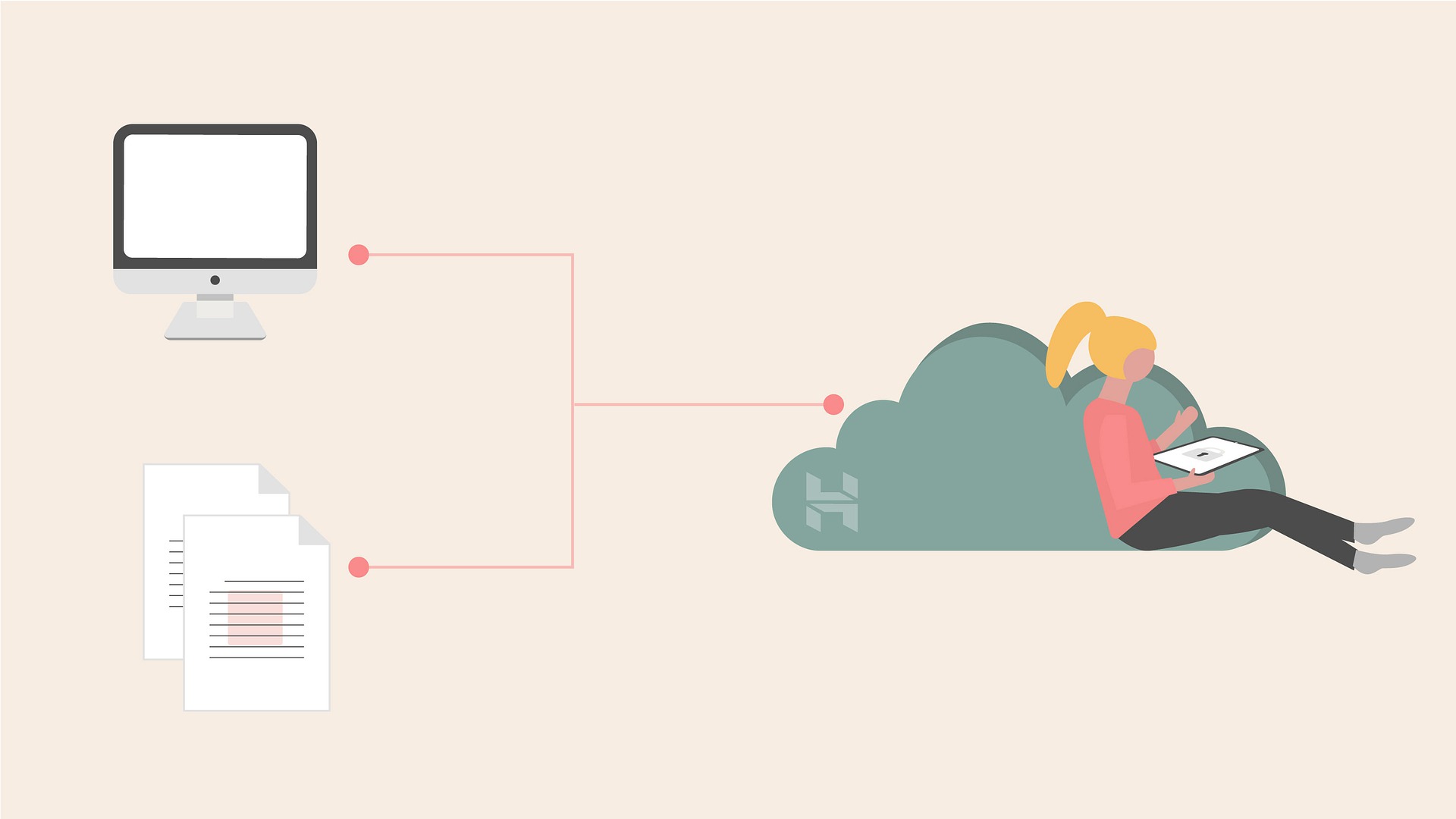
Sum Up
Migrating a traditional app to SaaS could be challenging, but this is a necessary step to meet all the requirements of the future. And it’s better to make this decision now before your software is modern enough and doesn’t need fundamental changes for transition.
To make the migration process smooth and fast, you need to conduct complex analyses, create a clear roadmap, choose the most suitable data migration model and strategy. Every little step is crucial, so it’s better to find a solid, experienced team and work on results together.
If you have any questions or looking for consultation, we’ll be happy to share our experience. Just contact us in any convenient way.
F.A.Q.
1. How do you migrate an application to the cloud?
The migration process always includes comprehensive software analysis, collecting all the necessary info, and creating a clear migration plan. We involve a team of engineers, business analysts, designers, QA-engineers, etc., to select the optimal strategy and model for data migration. Of course, the process can vary depending on the product we work with. We take into account clients’ needs and requirements, as well as all software features. Based on this, vendors, tools, etc., are selected.
2. Do you have any experience in SaaS migration?
We have extensive experience in this field. Our successful cases confirm this better than any words. You can get acquainted with them in our portfolio. You can also find more information about our approach here.
3. How much does it cost to migrate software to SaaS?
The price depends on the product characteristics, the involved specialists, the work scope, its complexity, etc. The exact cost can be named only after a comprehensive analysis of your product. You can find approximate numbers here.
